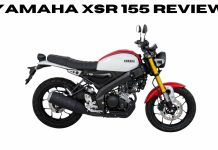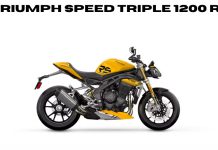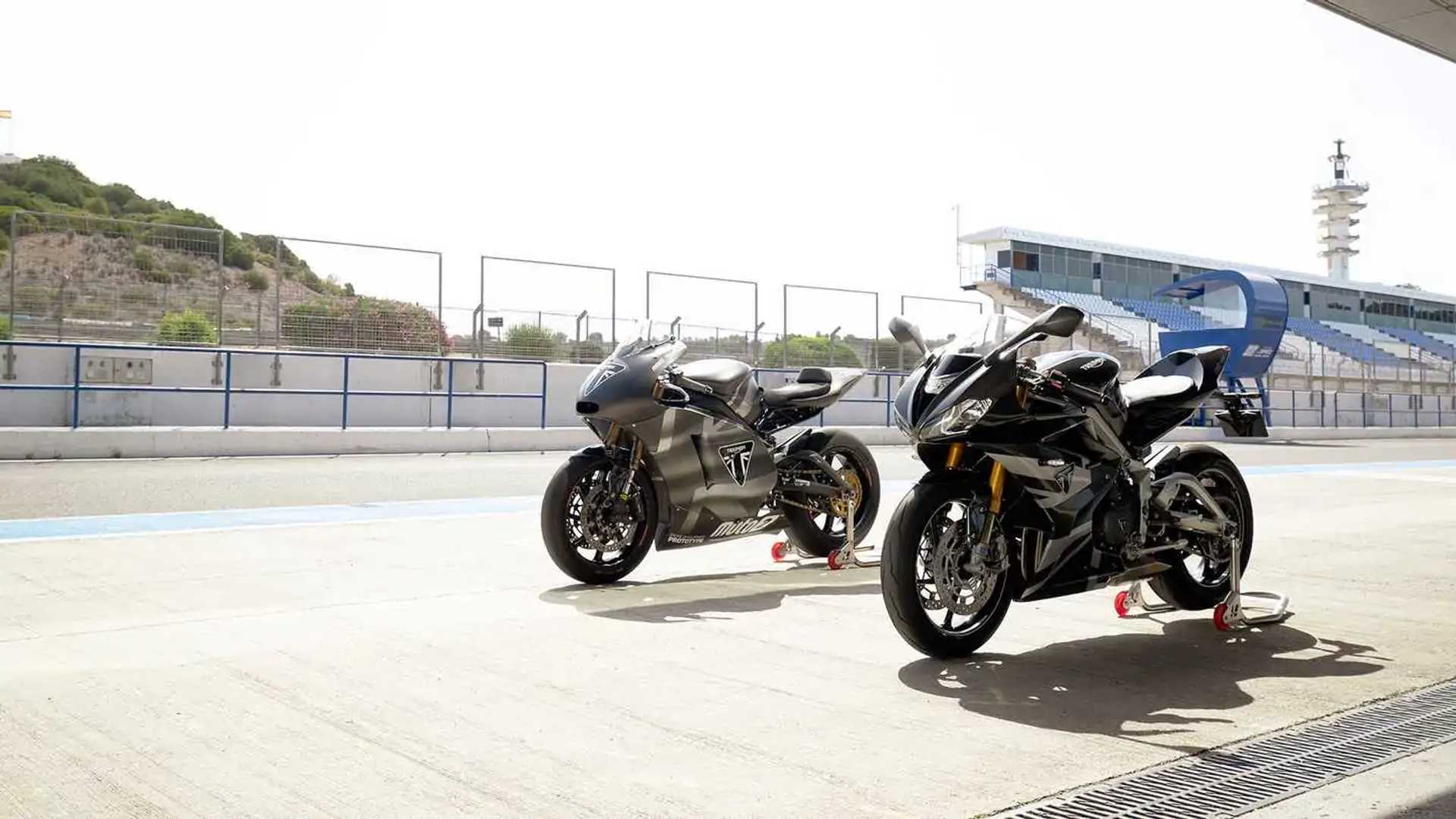Key Points
- Triumph’s 765cc triple engine has been a success in both the street and racing world.
- It has powered the Moto2 grid since 2019 and will continue to do so until 2029.
- In 2025, the engine is expected to be fitted with a new transmission.
- This will make a huge difference to the results riders can achieve on track.
- The closest thing mere mortals can buy that resembles a Moto2 machine fresh off the showroom is the Triumph Street Triple RS Moto2 Edition.
- This bike features the same engine as that of the race bikes, mated to high-end suspension from Öhlins and Brembo Stylema monoblock callipers for precision handling.
Details
It’s fascinating to see how Triumph’s 765cc triple engine has evolved and become a significant player both on the street and the racetrack. Its transition from the updated Street Triple to powering all the racing machines on the Moto2 grid showcases its reliability and performance capabilities.
Here are some of the key features of the Triumph 765cc triple engine:
- 765cc liquid-cooled, fuel-injected, inline-three-cylinder engine
- 145 horsepower
- 14,400 rpm redline
- High-revving and responsive
- Smooth and linear power delivery
- Reliable and durable
765 Engine
The extension of Triumph’s contract as the sole engine supplier for Moto2 until 2029 speaks to the engine’s success in providing competitive racing and serving as a stepping stone between the Moto3 and MotoGP classes.
The introduction of a new racing gearbox for the engine in 2025 promises further advancements, likely resulting in improved performance on the track. The details of the gearbox have not been disclosed yet, but it’s expected to be lighter and possibly feature altered gear ratios for enhanced top speed or faster acceleration.

145 hp
Triumph’s Moto2 engines currently produce 145 horsepower, with an increased RPM limit of 14,400, compared to the previous limit of 14,000. The availability of the Triumph Street Triple RS Moto2 Edition allows enthusiasts to experience a machine with the same engine as the race bikes, combined with high-end suspension and brakes for precise handling.
Moto2
Triumph’s 765cc triple engine has proven to be a significant achievement for the brand, both in terms of performance on the road and success on the race circuit. Its continuous development and success in Moto2 demonstrate its engineering prowess and commitment to producing powerful and reliable engines.

Pros of Triumph’s 765cc triple engine:
1. Performance: The engine offers a potent power output and high RPM range, providing excellent performance both on the street and on the racetrack. Its success in Moto2 demonstrates its capabilities as a competitive racing engine.
2. Reliability: The engine has proven to be reliable over the years, as evidenced by its use in the Moto2 series without significant issues.
3. Versatility: The engine’s versatility allows it to be used in both naked sportbikes like the Triumph Street Triple and high-performance race machines, making it a suitable choice for a wide range of riders and applications.
4. Engineering: Triumph’s engineering team has continuously improved and advanced the engine, evident in the updates and planned introduction of a new racing gearbox in the future.
5. Brand reputation: The success and positive reception of the engine contribute to Triumph’s reputation as a manufacturer of high-quality and high-performance motorcycles.
Cons:
1. Limited to Triumph models: As the engine is proprietary to Triumph, it is only available in Triumph motorcycles, limiting options for riders who may prefer different brands.
2. Cost: High-performance engines like the 765cc triple can be more expensive to manufacture and maintain, which may lead to higher costs for both the motorcycles and their maintenance.
3. Competition: While the engine has been successful in Moto2, it competes against other manufacturers’ engines in the racing series. Other companies may also offer competitive engines for street motorcycles, providing consumers with more choices.
4. Emissions and fuel efficiency: High-performance engines often consume more fuel and emit more greenhouse gases compared to smaller, less powerful engines. This can be a concern for riders looking for eco-friendly options or those riding in areas with strict emissions regulations.
5. Maintenance complexity: High-performance engines can be more complex, requiring specialized knowledge and tools for maintenance and repairs. This could potentially lead to higher maintenance costs and limited options for DIY enthusiasts.
Conclusion
Triumph’s 765cc triple engine has proven to be a successful and powerful powerplant, offering great performance and reliability. However, like any engine, it comes with its own set of limitations and considerations that potential buyers should keep in mind when choosing a motorcycle.

































